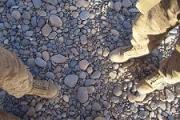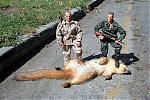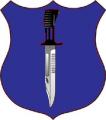"Somewhere a True Believer is training to kill you. He is training with minimal food or water, in austere conditions, training day and night. The only thing clean on him is his weapon and he made his web gear. He doesn't worry about what workout to do - his ruck weighs what it weighs, his runs end when the enemy stops chasing him. This True Believer is not concerned about 'how hard it is;' he knows either he wins or dies. He doesn't go home at 17:00, he is home.
He knows only The Cause.
Still want to quit?"

















Bookmarks